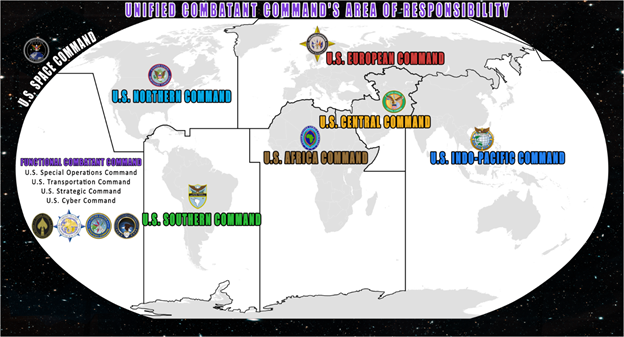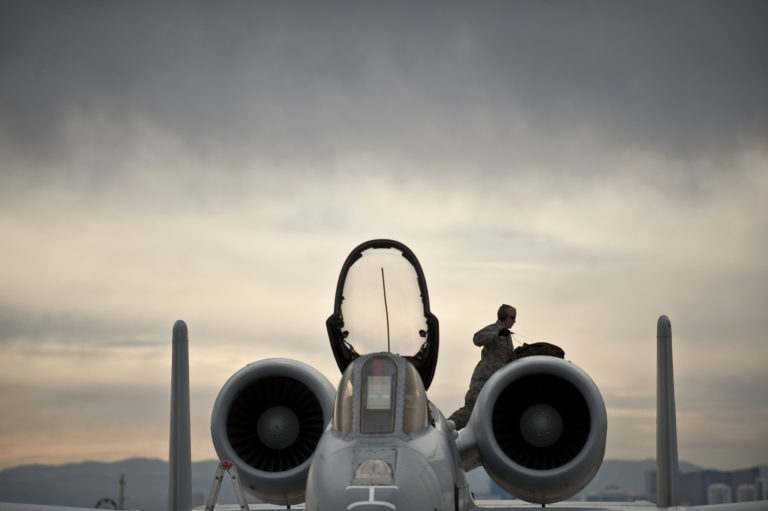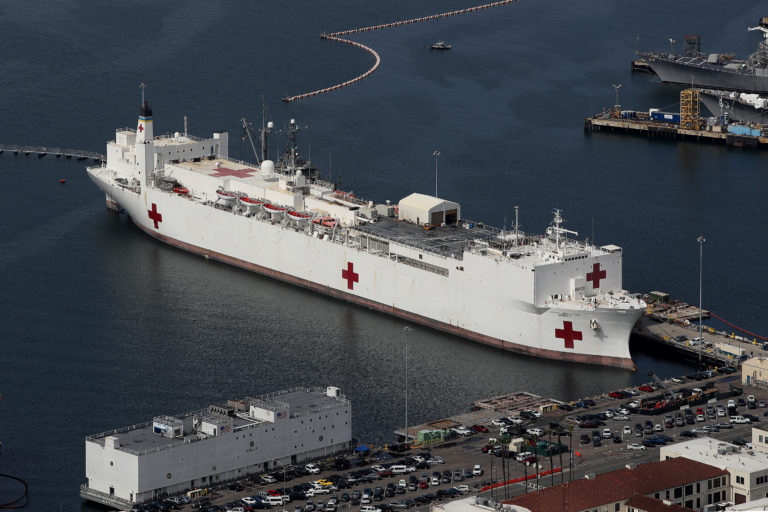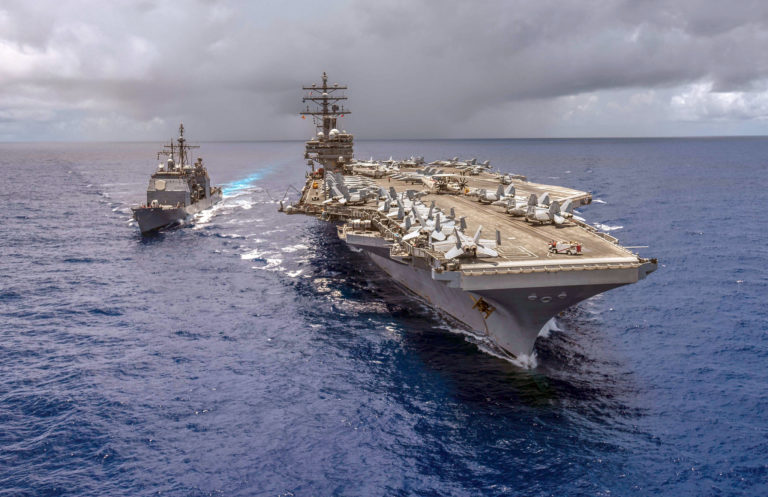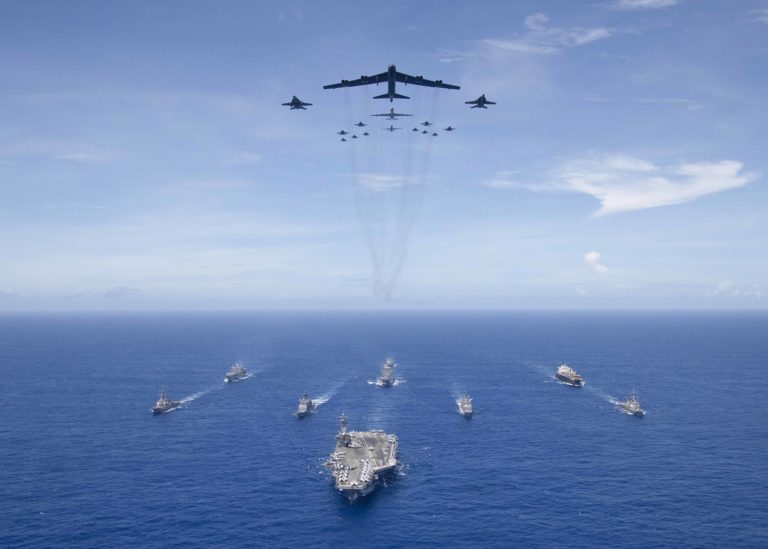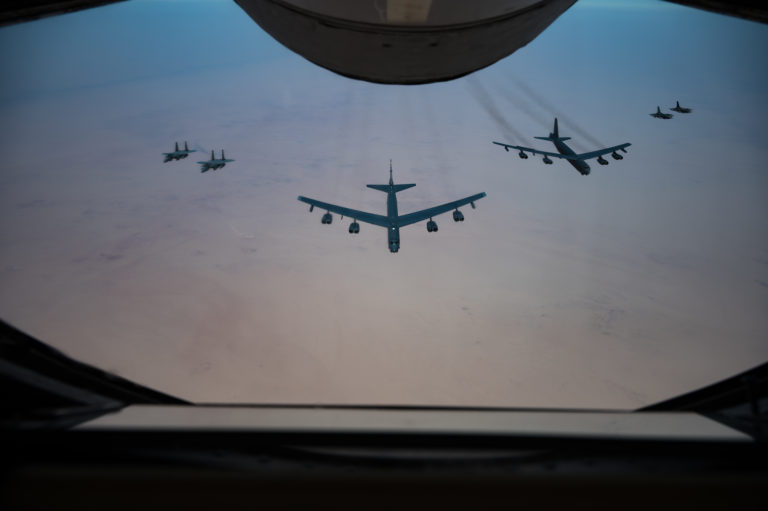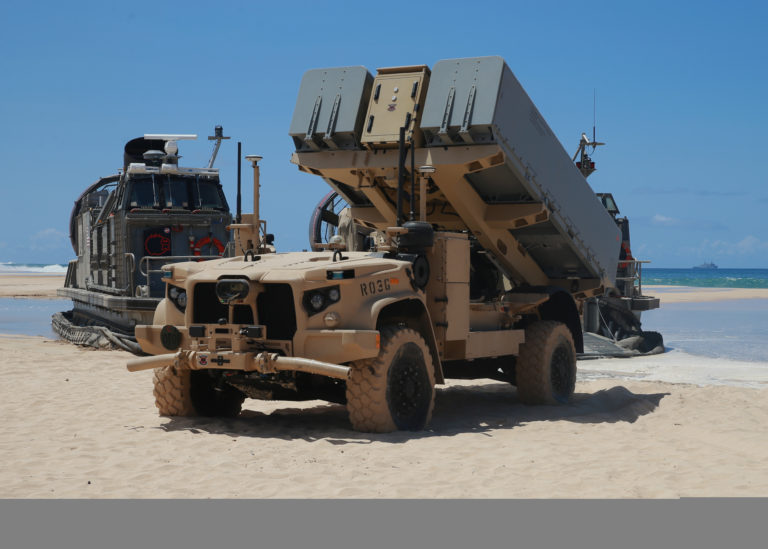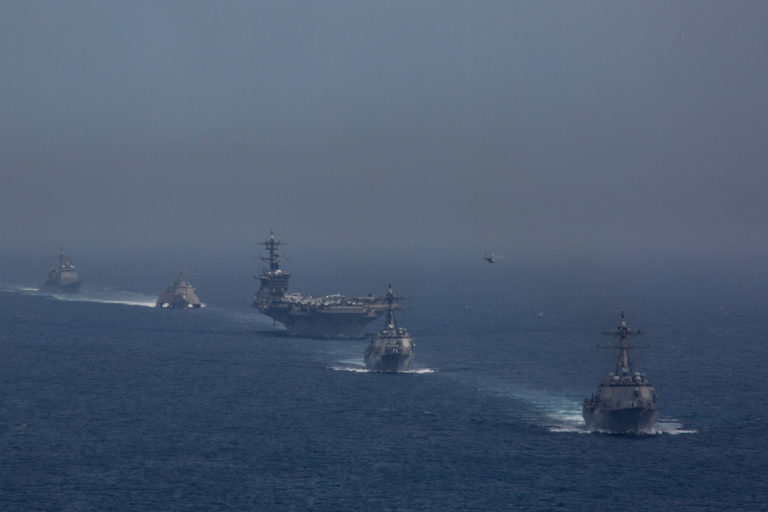Bad Idea: Geographic Combatant Commands
Today, seven geographic COCOMs are responsible for integrating forces across all domains for military operations within their respective Areas of Responsibility. But in today’s increasingly complex, connected, and multipolar strategic environment, the geographic COCOM structure is an outdated and counterproductive bad idea.

